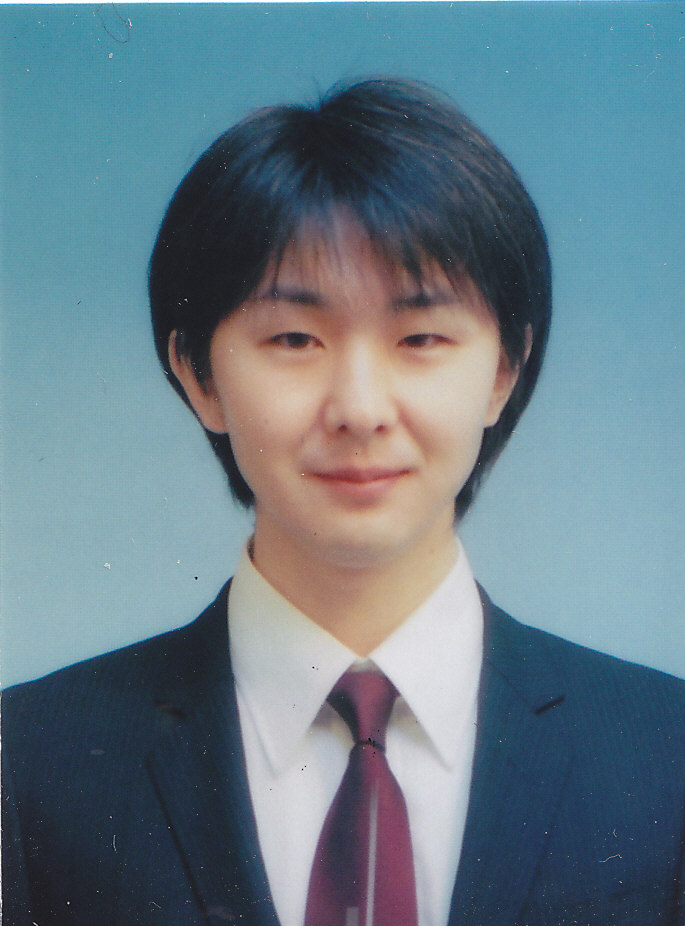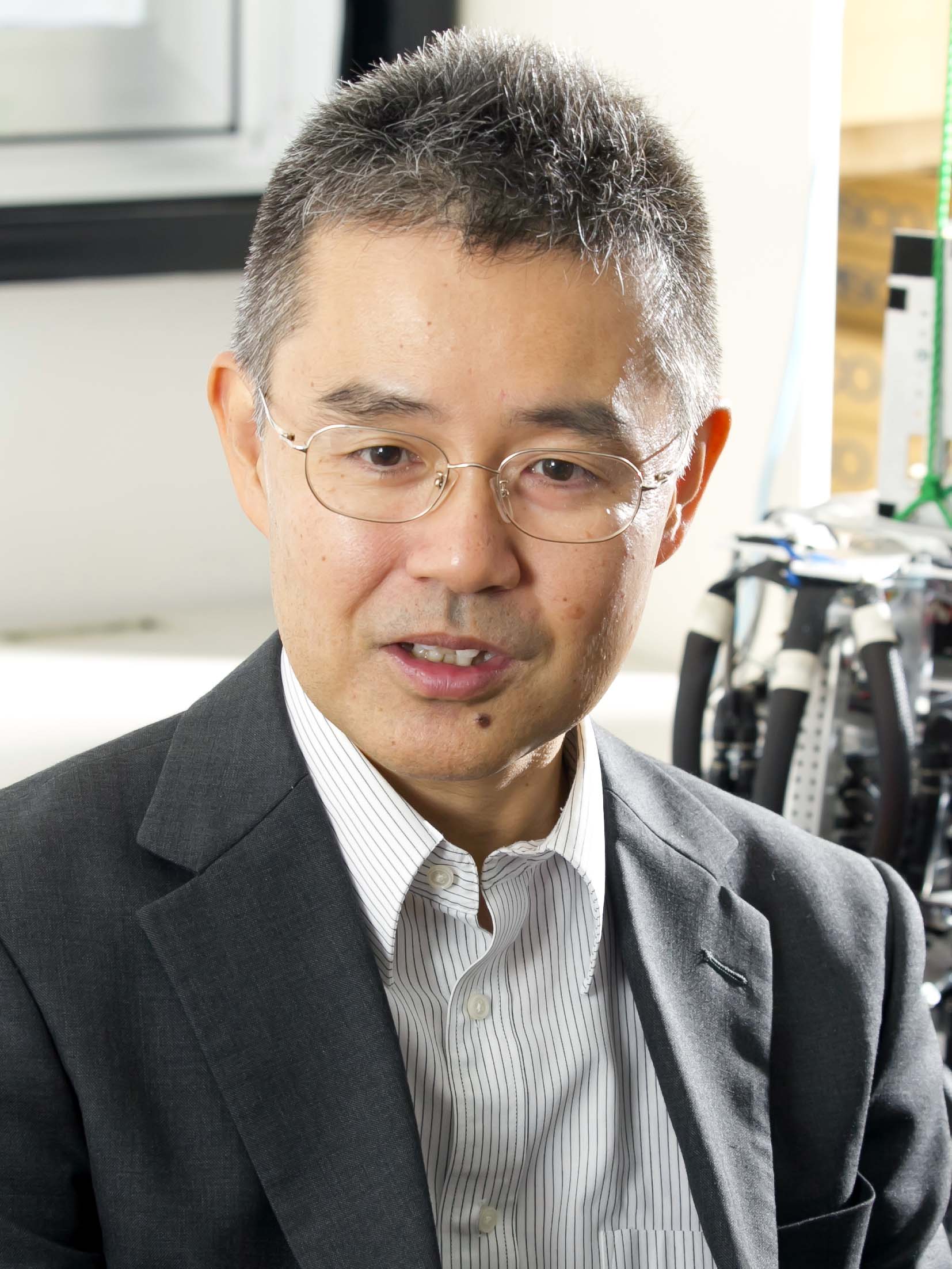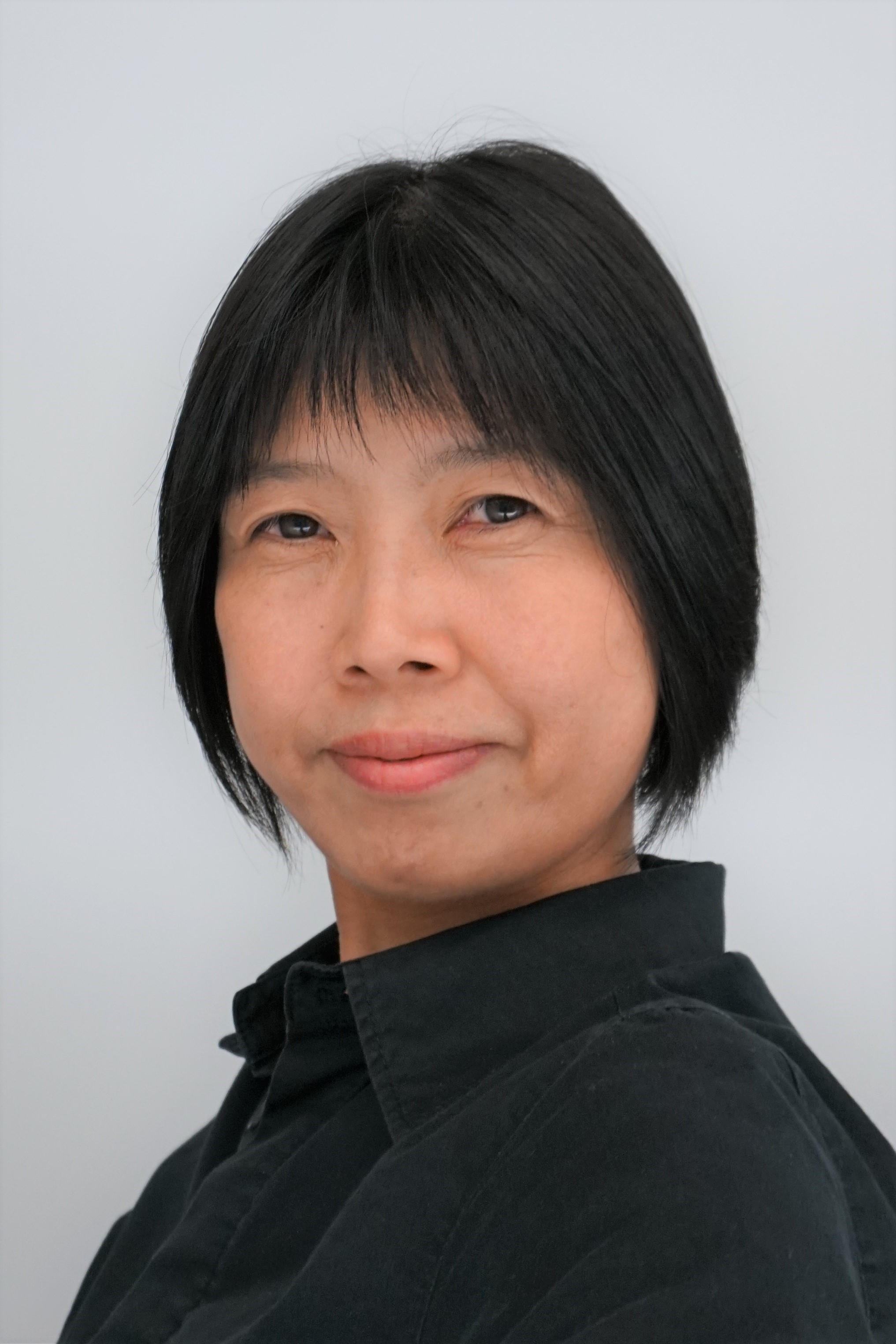Research Project B03 (2nd period)
B03-1 Elucidation of the synergy reformation mechanism for neural function recovery
Research Outline
Coordination of motor systems: synergy reflects the change in the neural system due to certain movement dysfunction and its recovery. Muscle synergy of congenital insensitivity to pain (CIPA) patients for walking shows the enlargement of activity duration, and that of stroke patients shows different coordination structure from healthy people. This research tackles the mechanism of such a synergy reformation owing to the neural ataxia through the motion and dynamical analysis of patients and animal models, and constructs an assistant method for motor recovery based on the characteristic of synergy.
Member

Tetsuro FUNATO
| Principal Investigator | Tetsuro Funato | (Associate Professor, The University of Electro-Communications) | Collaborate with B02-1 |
|---|
B03-2 Transformation of body representations in embodiment process of active artificial limb
Research Outline
The purpose of this project is to develop technologies to change an original body-representation or to obtain a new body-representation of an active robotic limb through manipulation tasks. The technologies could contribute to development of a better user-interface for robot control and usability, and improvement of a rehabilitation process. We investigate embodiment process in two approaches. 1) The robotic limb is mounted on the user’s body. 2) The robotic limb is apart from a user’s body and sensory and visual feedbacks are employed.
Member

Yasuhisa HASEGAWA
| Principal Investigator | Yasuhisa Hasegawa | (Professor, Nagoya University) |
|---|
B03-3 Emergence of Fast/Slow Dynamics of Body Image in Muscular Skeletal Humanoid Robot
Research Outline
There are two ways to acquire body image from the viewpoint of the system engineering. One is to utilize the consistency of the body and the other is to utilize the maneuverability. The latter way is to find out invariance in the maneuverability through variety of tasks, which is not discussed in the viewpoint of engineering. This research project will study on emergence of the body image based on the invariance in the maneuverability by constructing human-like muscular skeletal humanoid robots. The robot is implemented to achieve reaching, object manipulation, door-opening, and gesture displaying, and through these tasks (fast dynamics), it will find invariance in its dynamics (slow dynamics). The result will be compared with that of a human, and we generate hypothesis on humans’ cognitive system.
Members

Koh HOSODA
| Principal Investigator | Koh Hosoda | (Professor, Osaka University) |
|---|---|---|
| Co-Investigator | Ichiro Tsuda | (Professor, Hokkaido University) |
| Co-Investigator | Hideo Kubo | (Professor, Hokkaido University) |
| Co-Investigator | Shuhei Ikemoto | (Assistant Professor, Osaka University) |
B03-4 Investigation of adaptation process of the upper limb by artificially-disabled healthy participants
Research Outline
For effective rehabilitation of the upper extremity with functional limitation, we need to set an appropriate rehabilitation goal based on an understanding of current degree of limitation and an expected recovery status some short while later. It is, however, difficult to collect such data for recovery estimation by observing actual patients. We concentrate on human hand grasps and aim to find out adaptation in grasp strategy according to various range of motion by observing artificially-disabled healthy volunteers. We will also try to estimate recovery status in the near future by developing grasp simulator for the hand with arbitrary range of motion by incorporating adaptation model in grasp strategy.
Members

Natsuki MIYATA
| Principal Investigator | Natsuki Miyata | (Senior Researcher, AIST) |
|---|---|---|
| Co-Investigator | Koji Fujita | (Assistant Professor, Tokyo Medical and Dental University) |
| Co-Investigator | Yusuke Maeda | (Associate Professor, Yokohama National University) |

